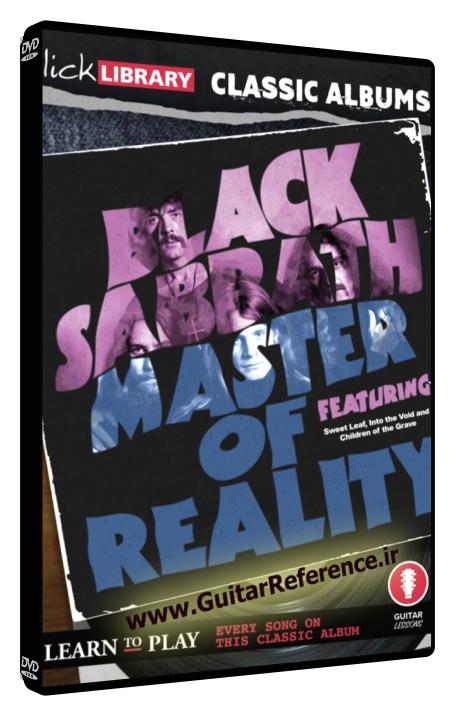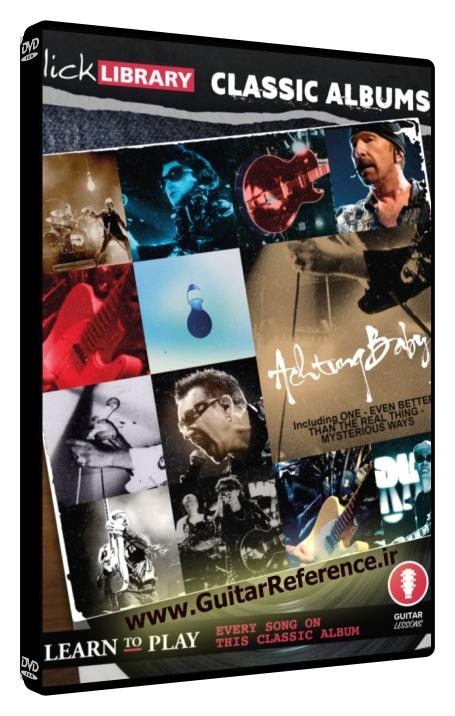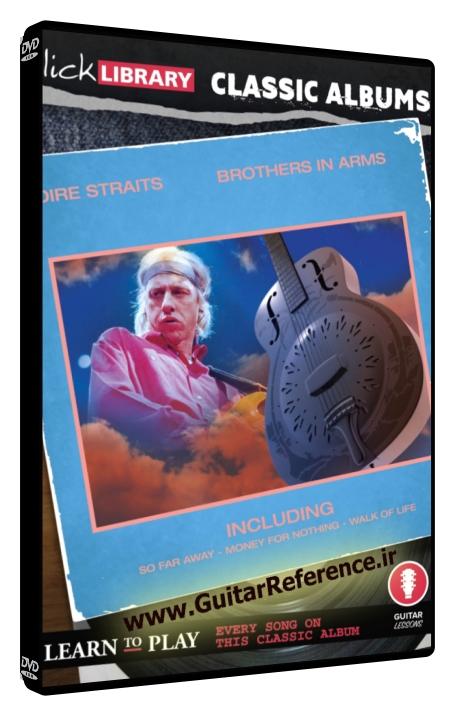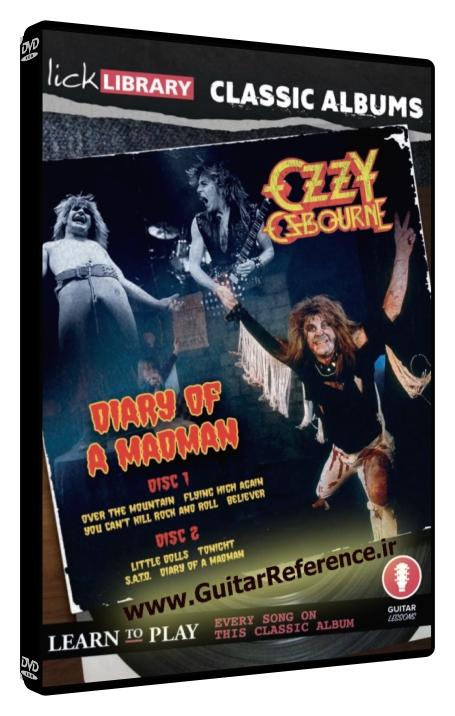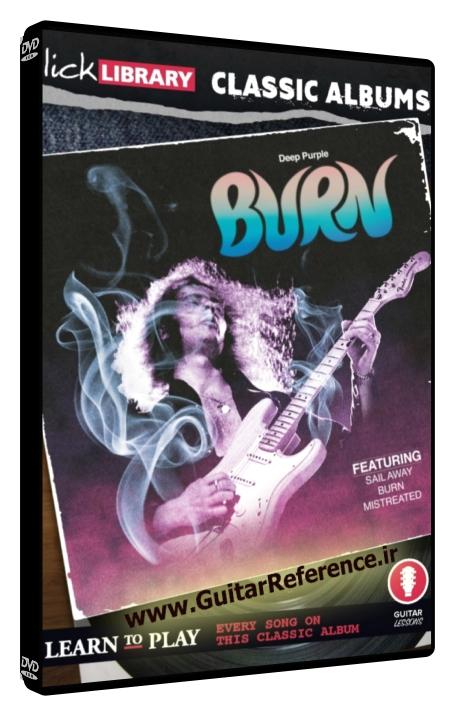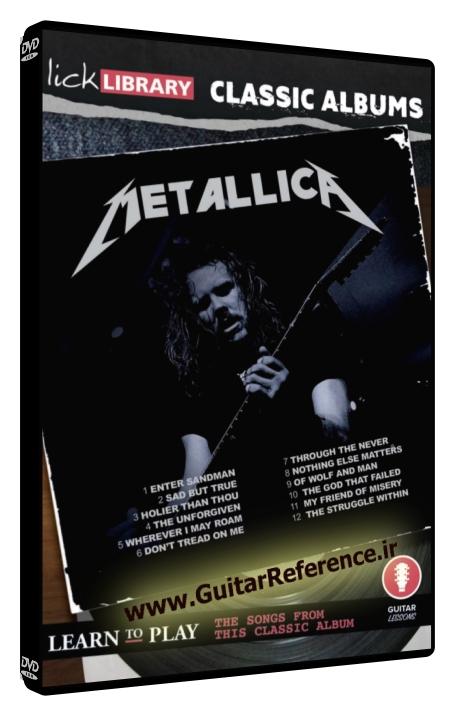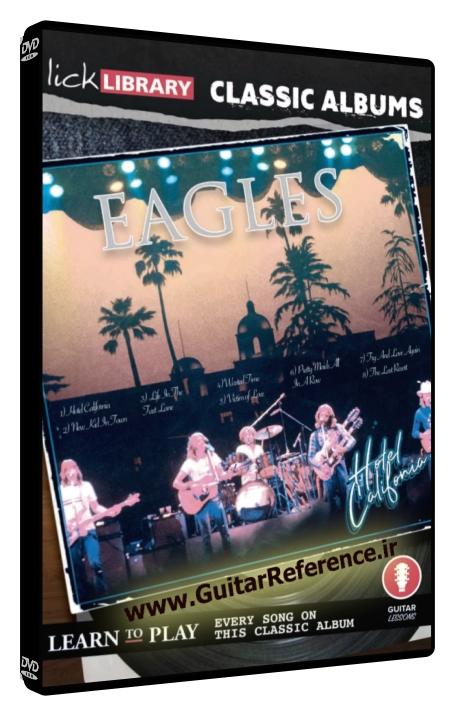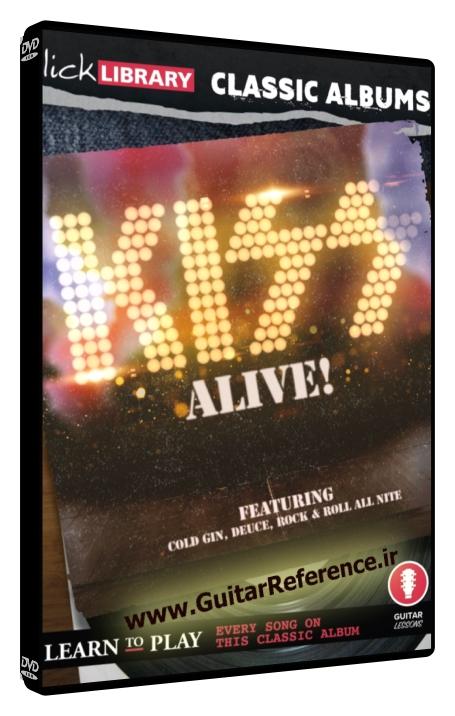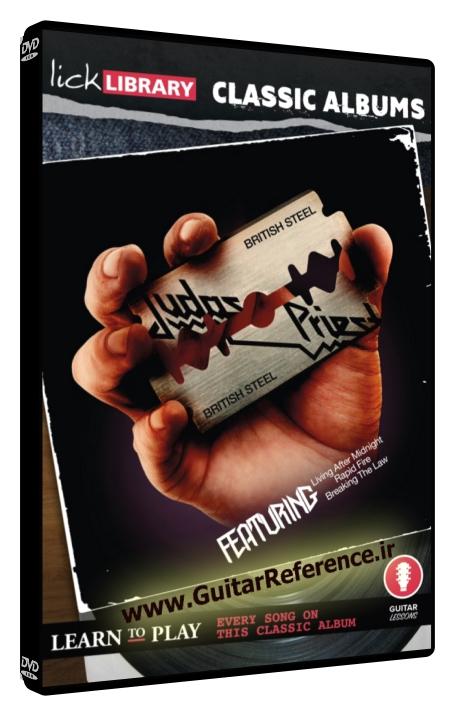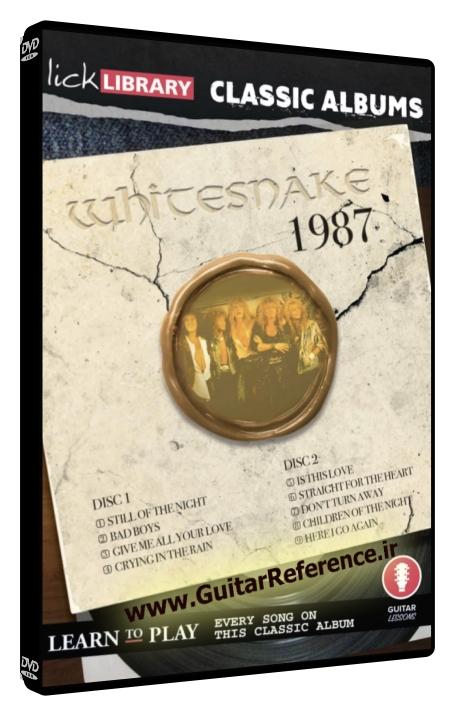Classic Albums – Deep Purple In Rock
by Danny Gill
Product Size: 1.50 GB (WEBRIP)
37.99 $ 3.99 $
Description
Deep Purple’s “In Rock”: An In-depth Guitarists’ Perspective
“In Rock” by Deep Purple is a tour de force of rock and roll guitar technique. Released in 1970, it showcases the talent of lead guitarist Ritchie Blackmore in a breathtaking display of musical prowess. Blackmore’s innovative style and creativity are woven through every track, making “In Rock” a seminal work in the evolution of rock guitar. It was the first studio album recorded by the Mark II line-up of the band and became their breakthrough album in Europe, peaking at No. 4 in the UK.
In this course, LickLibrary veteran, Danny Gill walks you through the many highlights of each song from this classic rock gem one phrase at a time, including all of Ritchie Blackmore’s legendary guitar parts from the tracks; “Black Night,” “Speed King,” and the anthemic, “Child In Time.”
Guitar Lessons in The Course
• Speed King
• Bloodsucker
• Child In Time
• Flight Of The Rat
• Into The Fire
• Living Wreck
• Hard Lovin’ Man
• Black Night
Guitar Lesson 1: “Speed King”
“Speed King” kicks off the album with an explosive guitar solo. It employs the minor pentatonic scale, known for its bluesy feel, which Blackmore infuses with rapid-fire alternate picking, adding a raw, aggressive edge. The solo employs string bending for expressiveness, with Blackmore often applying vibrato to the bends for additional sustain and emotion.
Guitar Lesson 2: “Bloodsucker”
In “Bloodsucker”, Blackmore exploits the versatility of the Dorian mode. The opening riff features power chords embellished with pull-offs and hammer-ons, creating a rhythmic intensity. The song’s bridge includes a tasteful use of double-stops and trills, enhancing the texture and providing a contrast to the driving rhythm of the verse and chorus.
Guitar Lesson 3: “Child in Time”
The haunting “Child in Time” showcases Blackmore’s more melodic side. The primary scale here is the natural minor scale, creating a melancholic atmosphere. The solo incorporates tasteful vibrato, legato runs and chord arpeggios, showing Blackmore’s technical control and musicality. His use of harmonics adds an ethereal quality, creating a sense of vastness and space.
Guitar Lesson 4: “Flight of the Rat”
“Flight of the Rat” takes us back to the realm of high-energy rock. This song is a study in alternate picking and syncopated rhythms. The intro riff demonstrates the use of chromaticism and open-string riffs, which provide a punchy, driving feel. The solo section showcases Blackmore’s proficiency with string bending and fast legato phrases.
Guitar Lesson 5: “Into the Fire”
In “Into the Fire”, Blackmore uses the blues scale to create a menacing, hard-hitting sound. This track features power chords with palm muting for rhythmic emphasis. The solo employs alternate picking and pull-offs, adding both speed and fluidity to the melodic line.
Guitar Lesson 6: “Living Wreck”
“Living Wreck” uses a Mixolydian mode framework to craft a catchy main riff. The solo here showcases the use of string bending, and the application of pick slides creates a distinctive, gritty texture. Blackmore also employs syncopated rhythms to give the song its distinctive groove.
Guitar Lesson 7: “Hard Lovin’ Man”
The album closes with “Hard Lovin’ Man”. Blackmore uses the minor pentatonic scale to craft a solo that’s a whirlwind of alternate picking, string bending, and rapid hammer-ons and pull-offs. The song includes a powerful use of power chords and palm muting, creating a hard-hitting rhythmic backdrop to the fiery solo.
Lead Guitarist: Ritchie Blackmore
The “In Rock” album would not be what it is without the formidable Ritchie Blackmore. His style is aggressive yet fluid, combining intricate techniques with raw energy. Blackmore’s contribution to the album is immense, from his blistering solos to his creative use of guitar techniques, cementing his status as one of rock’s greatest guitarists.
Guitar Techniques used in this album
• Vibrato
• Alternate picking
• Legato
• Double-stops
• Trills
• Harmonics
• Pull-offs
• Power chords
• Palm muting
• String bending
• Syncopated rhythms
• Open-string riffs
• Pick slides
• Hammer-ons, Chromaticism
“In Rock” remains a timeless classic, not just for its compositional strength and performance, but also as a shining example of Blackmore’s profound contribution to the lexicon of rock guitar techniques.




